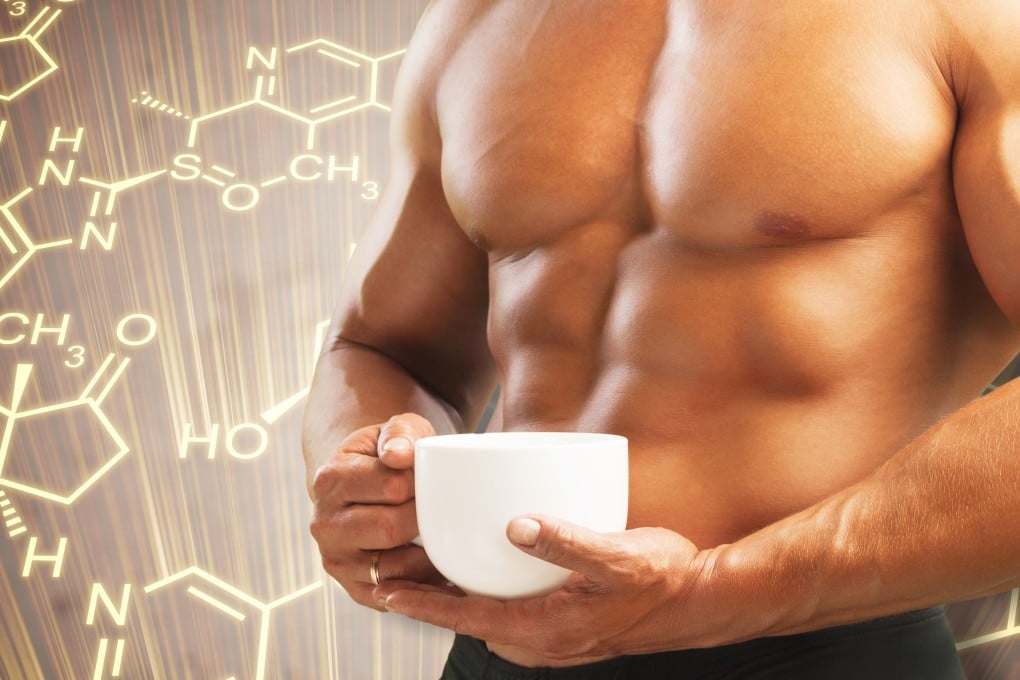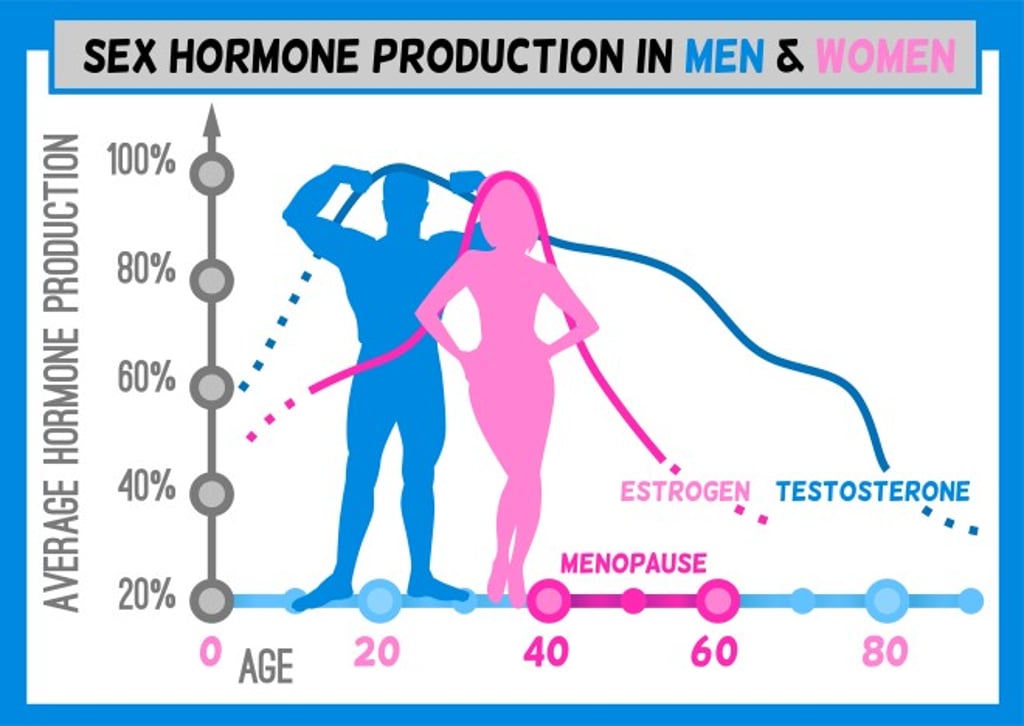Five myths about testosterone
- The hormone gets a lot of stick for driving aggression and is often thought of as a ‘male’ chemical – but those, and other beliefs are misconceptions

Testosterone has a fascinating double life: a molecule with a precise chemical structure, it also has an outsize cultural presence, winning praise and blame for a wide range of characteristics typically associated with masculinity. Many of the claims go well beyond or even directly against the scientific evidence about what scientists call “T”.
Here are five myths about the hormone, disproved.
Myth No. 1: Testosterone is the male sex hormone

Both testosterone and the supposed female sex hormone oestrogen were identified in the context of scientists’ search for the chemical essences of maleness and femaleness, an origin story that helps explain the tenacity of the “sex hormone” label. Another explanation may be the confusion of quantity with importance. Yes, men generally have much higher levels of T than women. But greater quantity doesn’t equate to greater function (elephants have bigger brains than humans, but brains aren’t more important to elephants).
Myth No. 2: Testosterone drives aggression and sexual violence
One of the most enduring storylines in discussions of testosterone is that “higher levels of the hormone cause aggression”, as the Guardian put it in 2017. A 2012 study in the International Journal of Endocrinology and Metabolism asserted that there’s “evidence that testosterone levels are higher in individuals with aggressive behaviour”.